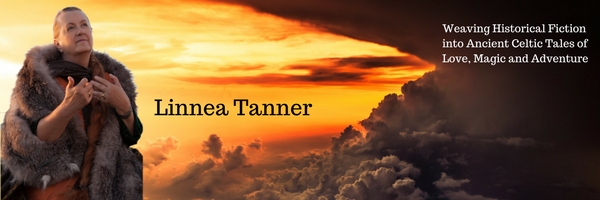
13 Apr Party Like a Celt: Festivals in Celtic Spirituality
Party Like a Celt: Festivals in Celtic Spirituality
Contributed Post
This post, Party Like a Celt: Festivals in Celtic Spirituality, was contributed by Jane Johnson, a freelance writer and editor. She has written for both digital and print across a wide variety of fields. Her main interest is exploring how people can improve their health and well being in their everyday life. And when she isn’t writing, Jane can often be found with her nose in a good book, at the gym or just spending quality time with her family.
Introduction
Like many other early civilizations, the Celts had their own myths and legends to describe how the world was created and run. They told stories of mythical creatures and wrote folk stories about their culture, which ultimately translated into many different popular fiction and movies. However, one of the most important things that the Celts did was celebrate their heritage. There are many celebrations throughout the Celtic calendar that embrace myths, spirituality, and what it truly means to be Celtic.
The Imbolc Festival
The first festival celebrated in the Celtic year is known as Imbolc. Held in February, the event marks the ending of winter and the resuming of the normal life that the winter had once put on hold. The name “Imbolc” comes from the Gaelic word, “Imbolg”, which translates to “in the belly”. This refers to the pregnancy of ewes and the Goddess that is celebrated during the festival. Brigid is a goddess associated with poetry and fertility. To entice her to enter their homes, Celts offered gifts such as food or tokens outside the door. If she came to visit, Brigid would bless the family with good spiritual health and physical well-being through her healing and fertility powers.
The Bealtaine Festival
Also known by some people as Gaelic May Day and Beltane, Bealtaine is held on the first day of May. The festival is held in honor of the God, Bel, and marks the beginning of summer and warmth. The most important aspect of this festival is the lighting of the Bealtaine fires that is meant to be a symbol of purification. Bealtaine is also a day in which otherworldly denizens can more easily cross into our world.
Lughnasa Festival
Lughnasa is the next festival in the calendar year and is held on August 1st. The main reason for this event is to appease the Sun God, Lugh. It all started as a day to honor his deceased mother, Taitlin, who had cleared Ireland’s fields to promote agriculture. During Lughnasa, the Celts worshiped Lugh and ensured a rich and prosperous crop for the upcoming season. The festival utilizes the first feast of crops gathered that year and also has matchmaking and athletic games for everyone to enjoy.
 1905 illustration of Lugh’s bloodthirsty magical spear by H. R. Millar
1905 illustration of Lugh’s bloodthirsty magical spear by H. R. MillarSamhain Festival
The last Festival, Samhain, marks the beginning of winter. The festival is a time when the animals need to be brought back in from the pastures or slaughtered to provide for the rest of winter. It shares a few similarities with Bealtaine, as it involves special flames with purifying and protective powers. Samhain, much like Halloween in other cultures, is also a day when spirits and fairies can cross into our world.
Every culture has festivals that celebrate its traditions, myths, and spirits. Now that you know about the Celtic’s special events, why not expand your spiritual health and celebrate one this year?
©April 2018 Linnea Tanner All rights reserved
Best wishes,
Linnea



Sorry, the comment form is closed at this time.